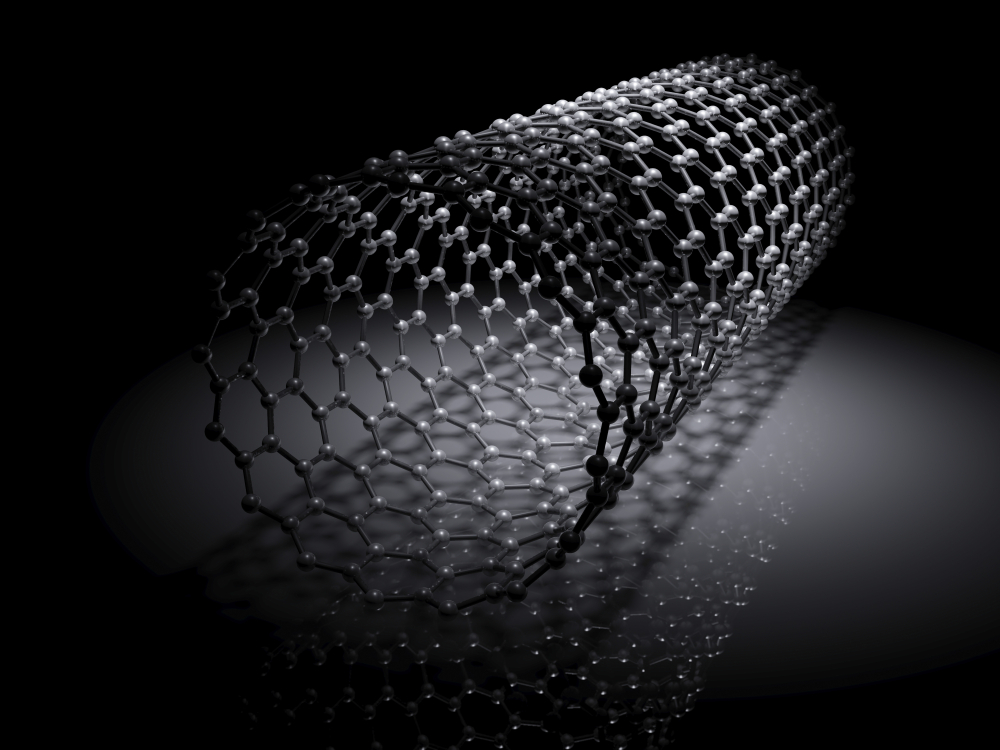

Nematic liquid crystals exhibit orientational order but not positional order. Indeed, a liquid crystal transition is a thermodynamic phenomenon that takes place spontaneously when anisotropic particles are suspended in a liquid medium at a sufficiently high concentration. Forming liquid crystals is one of the most appealing approaches. These methods include, for example, field-induced alignment , shear-induced alignment, fibre processing and composite drawing , and dispersion in organized solvents . A number of methods have been proposed over the past years to orient CNTs and graphene particles. Development of suitable materials for such applications necessitates a fine control of the spatial ordering of the particles. From a general point of view, this work presents experimental approaches to optimize the use of nanocarbons as liquid crystals and provides new methodologies for the still challenging characterization of such materials.Ĭarbon nanotubes (CNTs) and graphene are attracting a strong technological interest for applications in various fields from electronics to composites through biomedical applications. Structural and thermodynamic characterizations provide indirect but statistical information on the dimensions of the graphene flakes. The possibility to obtain water-based liquid crystals stabilized by surfactant molecules is demonstrated. In the second part of the paper, recent results on graphene liquid crystals are reported. The order parameter can be tuned by controlling the length and entanglement of the nanotubes. In particular, it is shown how the electrical conductivity anisotropy increases with the order parameter of the nematic liquid crystal. Nematic ordering provides an efficient way to prepare conductive films that exhibit anisotropic properties. These allow quantification and increase of their order parameters. This paper presents recent methodologies that have been developed to achieve large monodomains of nematic liquid crystals. In addition, our restricted knowledge of the structure of the currently available materials is a limitation for fundamental studies and future applications. Nevertheless, achieving high orientational order parameter and large monodomains remains a challenge. 95, 155505 (2005).Liquid crystal ordering is an opportunity to develop novel materials and applications with spontaneously aligned nanotubes or graphene particles. Negative differential conductance and hot phonons in suspended nanotube molecular wires. Synthesis of individual single-walled carbon nanotubes on patterned silicon wafers. Ballistic carbon nanotube field-effect transistors. Javey, A., Guo, J., Wang, Q., Lundstrom, M. Kondo effect in an integer-spin quantum dot. Orbital Kondo effect in carbon nanotubes. Kondo effect in a single-electron transistor. Spin configurations of a carbon nanotube in a nonuniform external potential. Exchange coupling in a one-dimensional Wigner crystal. Conductance of a quantum wire at low electron density. Spin splitting and even–odd effects in carbon nanotubes. Disorder, pseudospins, and backscattering in carbon nanotubes. McEuen, P., Bockrath, M., Cobden, D., Yoon, Y.-G. Electron properties of carbon nanotubes in a periodic potential. Narrow-gap Luttinger liquid in carbon nanotubes. Electron transport in very clean, as-grown suspended carbon nanotubes. Determination of electron orbital magnetic moments in carbon nanotubes. Electron–hole symmetry in a semiconducting carbon nanotube quantum dot. Jarillo-Herrero, P., Sapmaz, S., Dekker, C., Kouwenhoven, L. Electronic excitation spectrum of metallic carbon nanotubes. Shell filling and exchange coupling in metallic single-walled carbon nanotubes. Negative Coulomb drag in a one-dimensional wire. Yamamoto, M., Stopa, M., Tokura, Y., Hirayama, Y. Localization transition in a ballistic quantum wire. Interference as a probe of spin incoherence in strongly interacting quantum wires. Exchange interaction in quantum rings and wires in the Wigner-crystal limit. Transport in a spin-incoherent Luttinger liquid. Conductance of a quantum wire in the Wigner-crystal regime. On the interaction of electrons in metals. Tunneling spectroscopy of the elementary excitations in a one-dimensional wire. On-chain electrodynamics of metallic (TMTSF)2 X salts: Observation of Tomonaga–Luttinger liquid response. Carbon nanotube intramolecular junctions. Luttinger-liquid behaviour in carbon nanotubes. Chiral Luttinger liquids at the fractional quantum Hall edge. Mesoscopic Electron Transport (Kluwer Academic, Boston, 1997).Ĭhang, A.


 0 kommentar(er)
0 kommentar(er)
